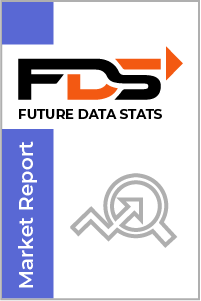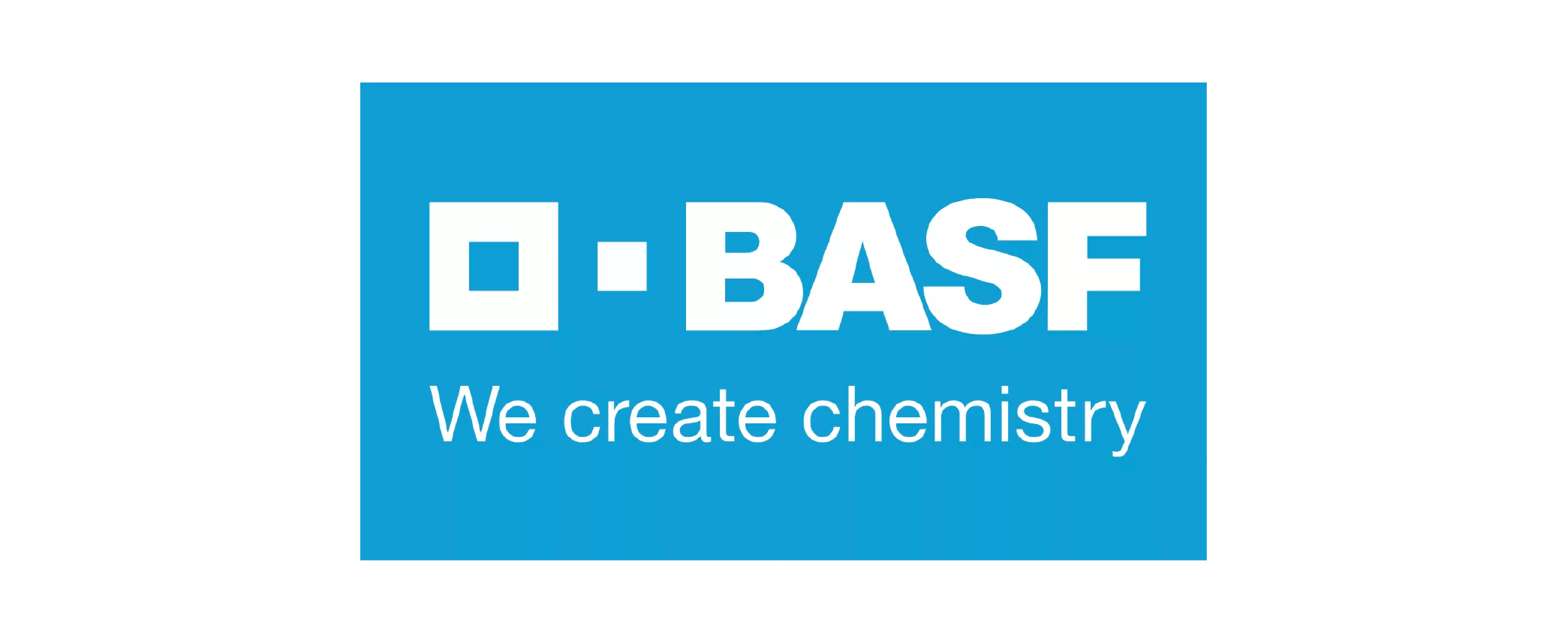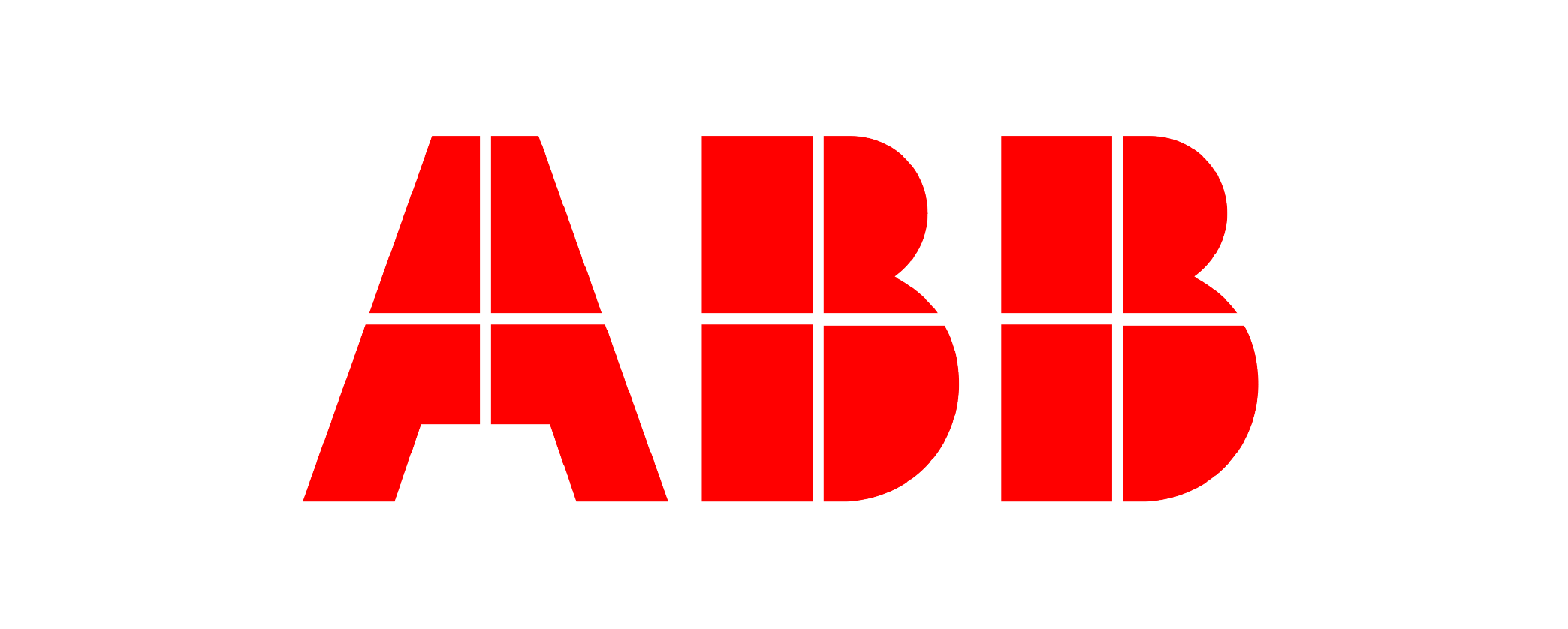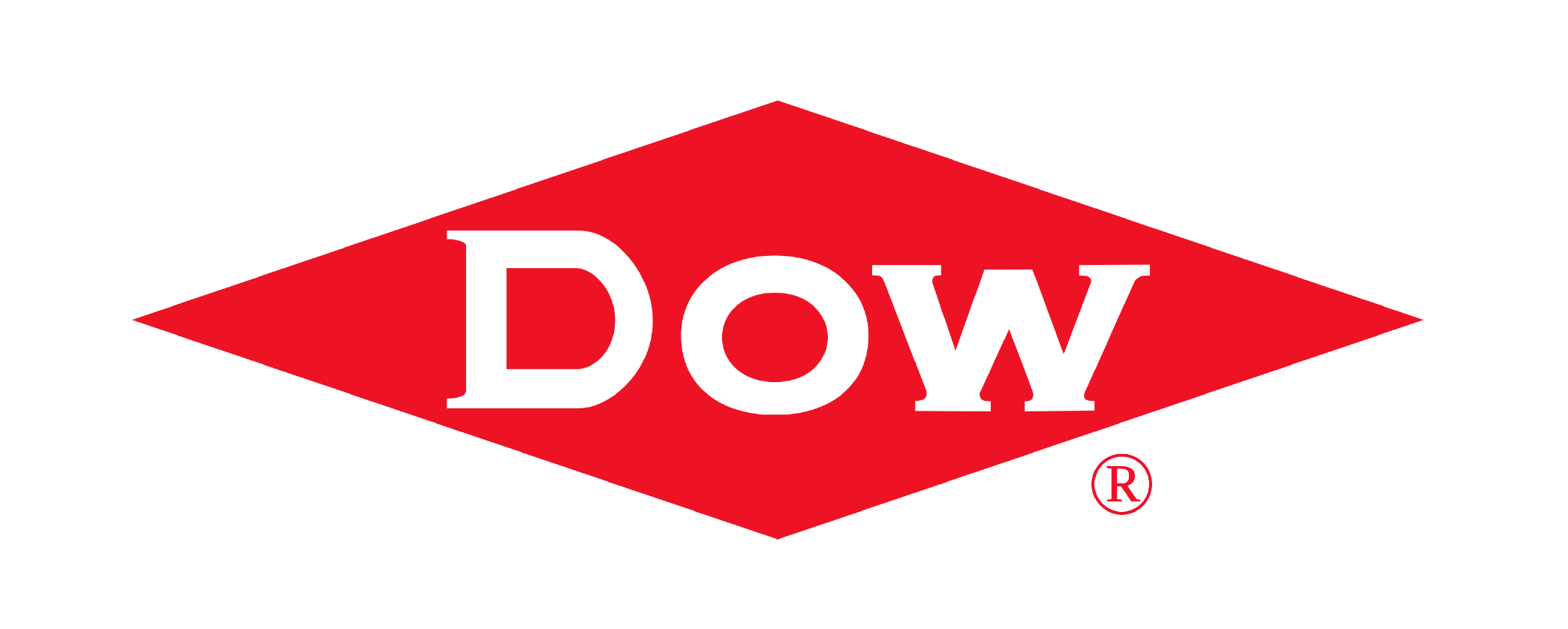The global VR Education Market size was valued at USD 12 Billion in 2024 and is projected to expand at a compound annual growth rate (CAGR) of 25% during the forecast period, reaching a value of USD 46 Billion by 2032.
The "VR Education Market Research Report" by Future Data Stats provides an in-depth examination of the market landscape, utilizing historical data from 2021 to 2023 to identify key trends and growth patterns. Setting 2024 as the foundational year, the report explores consumer behavior, competitive forces, and regulatory frameworks that influence the industry. It transcends basic analysis, delivering a thoroughly researched forecast extending from 2025 to 2033. By employing sophisticated data analysis methodologies, the report not only outlines the market's growth trajectory but also uncovers emerging opportunities and foresees potential obstacles, empowering stakeholders with vital insights to adeptly navigate the changing market landscape.
MARKET OVERVIEW:
The VR Education Market refers to the sector focused on the integration of virtual reality technologies into educational environments. It involves the development and deployment of VR-based hardware, software, content, and services designed to enhance teaching and learning experiences. By using VR, educational institutions, from schools to universities and corporate training centers, are able to create immersive, interactive environments that improve student engagement and knowledge retention. For market purposes, the VR Education Market encompasses the growth, adoption, and commercialization of these technologies across various educational segments. It includes the creation of specialized educational content, the development of VR devices like headsets and controllers, and the implementation of cloud-based or on-premises VR systems. The market aims to address the evolving needs of modern education by providing scalable and flexible solutions that can be customized for different learning levels and industries.
MARKET DYNAMICS:
The latest trends in the VR Education Market reflect a shift towards more personalized and interactive learning experiences. Educational institutions are increasingly adopting VR to create immersive environments that cater to diverse learning styles, offering students hands-on experiences in a virtual setting. The use of VR in K-12 and higher education continues to rise, with schools leveraging these technologies for subjects such as science, engineering, and medicine. Additionally, VR's integration with artificial intelligence (AI) is enhancing the adaptive learning experience, where content is tailored to individual student needs, making learning more effective. Upcoming trends in the VR Education Market point to a continued expansion in corporate training and vocational education. Businesses are recognizing the value of VR for skill development and employee onboarding, using it to simulate real-world scenarios in a risk-free environment. As the technology becomes more affordable and accessible, we can expect an increase in VR adoption in remote and underserved regions, helping bridge the education gap. The business scope of the VR Education Market is broadening as new solutions emerge, with opportunities for VR content creators, hardware manufacturers, and software developers to cater to diverse educational needs across the globe.
Schools and universities are adopting virtual reality to enhance engagement and improve retention among students. As educators seek innovative methods to deliver content, VR provides interactive environments that allow learners to explore subjects in depth. This shift towards experiential learning not only captures students' attention but also fosters a deeper understanding of complex concepts. However, the VR education market faces several challenges that may hinder its growth. High costs associated with VR equipment and software can limit accessibility for many institutions, particularly those with tight budgets. Additionally, the need for trained personnel to effectively implement and manage VR programs presents another obstacle. Despite these restraints, significant opportunities exist, particularly in the development of affordable VR solutions and tailored content. As technology evolves, the potential for broader adoption and integration into traditional curricula continues to grow, promising a more dynamic educational landscape.
VR EDUCATION MARKET SEGMENTATION ANALYSIS
BY TYPE:
The VR education market is categorized into four major types: hardware, software, content, and services. Among these, hardware plays a crucial role in providing the physical equipment necessary for immersive learning experiences, such as VR headsets, sensors, and tracking devices. As VR technology continues to improve, the demand for advanced hardware capable of delivering more immersive experiences grows, propelling the overall market. Software, on the other hand, is essential for creating interactive and educational content that allows users to engage in real-time learning experiences. With the rise of cloud-based solutions, software development for VR education is becoming more accessible. Content, ranging from course materials to virtual simulations, is another dominant factor, as it enhances engagement and effectiveness in learning.
The content segment focuses on the development of curriculum-specific virtual worlds, simulations, and environments to meet diverse educational needs. Services, which include installation, maintenance, and training, ensure smooth integration and user adoption of VR systems in educational institutions, making it a vital segment for widespread implementation.
BY APPLICATION:
The VR education market is rapidly expanding across various applications, each contributing significantly to the market's growth. K-12 education benefits from VR’s ability to provide interactive learning environments, offering students a hands-on experience without the physical limitations of traditional classrooms. By using VR, teachers can create more engaging and personalized lessons, helping students retain knowledge better. In higher education, universities are adopting VR to offer students immersive, real-world simulations in fields such as medicine, engineering, and architecture. This enables students to gain practical knowledge and experience in their respective fields before entering the workforce. Corporate training is another rapidly growing segment, with businesses leveraging VR to enhance employee skills through real-world scenario simulations that improve decision-making, leadership, and technical competencies.
Vocational training is increasingly integrating VR to deliver industry-specific, risk-free environments where learners can practice trades and skills. Language learning applications are also capitalizing on VR’s ability to create fully immersive environments where users can practice speaking and listening in real-world contexts. Special education applications are gaining traction by providing tailored experiences that cater to the needs of students with various disabilities, offering more inclusive learning opportunities.
BY END USER:
The end-user segment of the VR education market is defined by schools, colleges/universities, corporate organizations, and training centers. Schools, particularly K-12 institutions, are adopting VR technologies to enhance students' learning experiences by immersing them in interactive, engaging content. By using VR, schools can bridge gaps in knowledge and offer real-world applications of theoretical concepts, which contributes to improved learning outcomes. Colleges and universities are leading the way in integrating VR into higher education, with institutions using VR to simulate laboratory experiments, create virtual field trips, and facilitate interactive lectures. This adoption is driven by the need to modernize education and prepare students for a digital-first world .
Corporate organizations are investing in VR for employee training, aiming to improve skills, enhance teamwork, and streamline onboarding processes. VR allows companies to create customized, scalable training programs that can replicate complex and hazardous situations in a controlled environment. Training centers, focused on vocational and technical training, are increasingly utilizing VR to offer hands-on, immersive learning experiences that replicate the working environment, ensuring their trainees are job-ready upon completion.
BY TECHNOLOGY:
The dominant technologies in the VR education market are Virtual Reality (VR), Augmented Reality (AR), and Mixed Reality (MR). Virtual Reality (VR) remains the core technology driving the market, providing fully immersive environments where learners can interact with 3D worlds. It’s particularly popular for fields like medical education, engineering, and STEM (Science, Technology, Engineering, and Mathematics), where students benefit from virtual simulations that closely resemble real-world scenarios. Augmented Reality (AR) is making inroads in VR education by overlaying digital information onto the physical world, enhancing the learning experience.
AR is highly effective in subjects like geography, biology, and history, where students can visualize data or interact with real-world objects in novel ways. Mixed Reality (MR) combines the best of both VR and AR, offering an environment where physical and virtual objects coexist and interact in real-time. MR technology is especially useful for interactive classrooms, collaborative learning, and immersive simulations in both educational and corporate training settings. The increasing integration of these technologies is significantly enhancing the learning experience and reshaping how students and professionals acquire knowledge.
BY DEPLOYMENT MODE:
The VR education market is segmented into on-premises and cloud-based deployment modes, both of which are contributing to its widespread adoption. On-premises deployment allows educational institutions to maintain full control over their VR infrastructure, providing the advantage of secure data storage and better management of hardware resources. However, the high costs and maintenance associated with on-premises solutions often limit their scalability, particularly in smaller institutions or developing regions. On the other hand, cloud-based VR solutions are rapidly gaining traction, offering educational institutions the flexibility to scale up or down without the burden of heavy upfront investments. Cloud deployment allows for the centralization of resources, making it easier to manage and update content while reducing the need for extensive hardware.
This flexibility makes cloud-based VR particularly attractive for schools, colleges, and corporate organizations that need cost-effective, scalable, and easily accessible VR solutions. The growth of high-speed internet and advancements in cloud computing are expected to further drive the adoption of cloud-based VR in education.
REGIONAL ANALYSIS:
North America is experiencing significant growth, driven by strong investments from both educational institutions and corporate organizations. In the United States and Canada, schools and universities are adopting VR technology to enhance learning in fields such as engineering, healthcare, and STEM education. Corporate training programs are also embracing VR to provide immersive, cost-effective solutions for skill development and employee onboarding. North America’s established infrastructure, along with government support for technological innovations in education, continues to foster an environment conducive to the expansion of VR-based learning solutions.
In Europe, the VR Education Market is evolving rapidly as countries like the United Kingdom, Germany, and France lead the adoption of VR technologies in education. European institutions are increasingly integrating VR into classrooms to provide students with hands-on learning experiences, particularly in medical, architectural, and technical fields. Additionally, the European Union's initiatives and funding programs aimed at promoting digital education and innovation have spurred further adoption of VR tools. In Asia Pacific, countries such as China, Japan, and India are capitalizing on VR to revolutionize education, particularly in vocational and K-12 sectors, where the demand for interactive, engaging learning is growing. Latin America and the Middle East & Africa are gradually increasing their use of VR in education, with a focus on improving access to quality education in remote areas and enhancing educational content for diverse learning needs.
MERGERS & ACQUISITIONS:
- In January 2024: Google acquired Labster, a VR science lab platform, to expand its VR education offerings.
- In February 2024: Meta partnered with Coursera to launch VR-based professional certification courses.
- In March 2024: Immerse merged with EngageXR to strengthen enterprise VR training solutions.
- In April 2024: Lenovo acquired Veative Labs to enhance its VR education hardware and content portfolio.
- In May 2024: Pearson invested in VR language learning startup Mondly to develop immersive education tools.
- In June 2024: Unimersiv raised $5M in Series A funding to expand its VR history and science modules.
- In July 2024: Sony announced a collaboration with McGraw Hill to integrate VR into K-12 STEM education.
- In August 2024: zSpace acquired Prisms VR to bolster its spatial learning platform for schools.
- In September 2024: Microsoft partnered with edX to offer VR-enhanced online degree programs.
- In October 2024: Roblox acquired VR education startup Inspirit to gamify STEM learning.
- In November 2024: Osso VR merged with Surgical Theater to create a comprehensive medical training platform.
- In December 2024: ByteDance (TikTok’s parent company) invested $20M in VR classroom startup Rumii.
KEY MARKET PLAYERS:
- Labster
- EngageXR
- Veative Labs
- Unimersiv
- zSpace
- Prisms VR
- Inspirit
- Osso VR
- Surgical Theater
- Rumii
- Mondly VR
- VictoryXR
- ClassVR
- Alchemy VR
- Immerse
- VR Education Holdings
- Nearpod
- Discovery VR
- Bodyswaps
- Filament Games
VR Education Market: Table of Contents
Market Overview
- Definition
- Market Dynamics
Market Segmentation
- By Type
- By Application
- By End User
- By Technology
- By Deployment Mode
Market Trends & Insights
- Technological Advancements
- Adoption Trends
Competitive Landscape
- Key Players
- Market Share Analysis
Future Outlook
- Market Forecast
- Opportunities
VR Education Market Segmentation
By Type:
- Hardware
- Software
- Content
- Services
By Application:
- K-12 Education
- Higher Education
- Corporate Training
- Vocational Training
- Language Learning
- Special Education
By End User:
- Schools
- Colleges/Universities
- Corporate Organizations
- Training Centers
By Technology:
- Virtual Reality (VR)
- Augmented Reality (AR)
- Mixed Reality (MR)
By Deployment Mode:
- On-Premises
- Cloud-Based
By Geography:
- North America (USA, Canada, Mexico)
- Europe (UK, Germany, France, Italy, Spain, Rest of Europe)
- Asia-Pacific (China, Japan, Australia, South Korea, India, Rest of Asia-Pacific)
- South America (Brazil, Argentina, Rest of South America)
- Middle East and Africa (GCC Countries, South Africa, Rest of MEA)
WHY SHOULD YOU INVEST IN A MARKET RESEARCH REPORT?
Smarter Business Decisions:
A high-quality market research report delivers valuable insights into industry trends, customer preferences, and competitor strategies. With solid data guiding your choices, you can minimize risks and confidently pursue new opportunities—whether launching a product or expanding into new markets.
Spot Hidden Opportunities:
Market research uncovers unmet customer needs and emerging trends before they become mainstream. By aligning your products or services with these opportunities, you can stay ahead of the competition and capture untapped demand.
Know Your Competition Inside Out:
Gain a clear picture of your competitors' strengths, weaknesses, and strategies. This knowledge helps you refine your unique selling points, craft stronger positioning, and outmaneuver rivals effectively.
Sharper, More Effective Marketing:
Understanding your audience is key to successful marketing. Market research reveals who your customers are, what drives their decisions, and how they engage with brands. With these insights, you can create tailored campaigns that deliver better results and higher ROI.
Reduce Risks Before They Arise:
Every business move carries some risk—but research helps you anticipate challenges before they become costly. By analyzing market conditions and potential obstacles, you can make proactive adjustments to protect your bottom line and reputation.
Strengthen Your Case for Funding:
Investors and lenders want proof of market potential before backing a business. A well-researched report provides the data-driven evidence they need, boosting your credibility and increasing your chances of securing capital.
Stay Ahead of Industry Shifts:
Markets evolve fast, with new technologies, regulations, and consumer behaviors constantly reshaping the landscape. Regular market research ensures you stay informed, adapt quickly, and maintain a competitive edge in your industry.
RESEARCH METHODOLOGY AT FUTURE DATA STATS
At Future Data Stats, we combine decades of industry expertise with cutting-edge research techniques to deliver unparalleled market intelligence. Our team of seasoned analysts employs a dynamic, data-driven approach to uncover actionable insights, helping businesses navigate complex market landscapes with confidence.
Comprehensive & Cutting-Edge Market Analysis
We go beyond surface-level trends to provide a 360-degree view of market dynamics. Our research methodology is designed to:
✔ Accurately assess market size, growth patterns, and competitive landscapes.
✔ Identify emerging opportunities through real-time trend analysis and predictive modeling.
✔ Validate findings with high-quality data, expert consultations, and independent verification.
Our insights empower decision-makers with strategic clarity, ensuring they stay ahead in rapidly evolving industries.
Multi-Source Data Collection & Validation
We leverage a diverse mix of primary and secondary research sources, including:
- In-depth stakeholder interviews (industry leaders, suppliers, distributors, and end-users)
- Statistical databases & market reports from authoritative global sources
- Regional market intelligence to capture localized trends and demand shifts
- Proprietary analytical models tailored to specific industry needs
- By cross-verifying data from multiple streams, we ensure maximum accuracy and reliability.
Key Advantages of Our Research Approach
- Actionable Intelligence – Clear, data-backed recommendations for strategic planning.
- Technology-Enhanced Accuracy – Advanced tools for data validation and trend forecasting.
- Unbiased Insights – Independent analysis free from external influence.
Our Two-Tier Research Framework
- Primary Research – Direct Industry Engagement
- Expert Interviews: Over 25+ hours of discussions with key stakeholders across the value chain.
- Targeted Surveys: Structured questionnaires for KOLs (Key Opinion Leaders) to gauge market sentiment.
- Competitive Benchmarking: Assessing leading players to determine market positioning.
- Secondary Research – Extensive Data Synthesis
- Analysis of 3,000+ documents, including industry reports, whitepapers, and regulatory publications.
- Global & regional data mining from government databases, trade journals, and financial reports.
- Macroeconomic & sector-specific trend mapping for long-term forecasting.
Dual Analytical Approach
We employ both top-down and bottom-up methodologies to ensure precision:
- Bottom-Up Analysis: Calculating market size from granular data, ensuring detailed accuracy.
- Top-Down Assessment: Validating findings through macroeconomic indicators and industry benchmarks.
Why Choose Future Data Stats?
✔ 70+ years of collective expertise in market intelligence.
✔ Customized research models for sector-specific accuracy.
✔ Transparent, reliable, and forward-thinking insights.
With Future Data Stats, you don’t just get data—you get a strategic advantage. Partner with us to unlock the full potential of your market decisions.
VR Education Market Dynamic Factors
Drivers:
- Increasing demand for interactive and immersive learning experiences.
- Growth in the adoption of e-learning platforms globally.
- Advancements in VR and AR technologies enhancing educational content delivery.
- Rising need for remote learning solutions post-pandemic.
- Enhanced student engagement through gamified learning environments.
Restraints:
- High initial setup and infrastructure costs.
- Limited availability of quality content and resources.
- Technical challenges in integrating VR into existing educational systems.
- Lack of standardized VR content across educational institutions.
- Resistance to new technology among traditional educational institutions.
Opportunities:
- Expansion of VR applications in corporate training programs.
- Growing investment in VR technology by educational institutions.
- Development of affordable VR solutions for K-12 education.
- Rise of virtual campuses and distance learning solutions.
- Increasing government initiatives to support VR-based education.
Challenges:
- Ensuring accessibility for students with disabilities.
- Limited content creation tools for educators.
- Overcoming technological barriers in underdeveloped regions.
- Need for continuous updates and maintenance of VR systems.
- Lack of awareness about the potential benefits of VR education.
VR Education Market Regional Key Trends Analysis
North America:
- Rapid integration of VR into corporate training programs.
- Expansion of VR use in universities and higher education institutions.
- Increased collaboration between VR tech companies and educational bodies.
Europe:
- Focus on adopting VR to enhance STEM (Science, Technology, Engineering, and Mathematics) education.
- Rising investment in VR tools for special education and inclusive learning.
- Government support for innovation in VR education technologies.
Asia Pacific:
- Strong growth in VR adoption in K-12 education systems.
- Rising use of VR for language learning in diverse countries.
- Expansion of VR educational content in vocational training programs.
Latin America:
- Growing interest in VR for distance learning solutions.
- Increasing partnerships between VR providers and educational institutions.
- Adoption of VR in governmental initiatives for education reform.
Middle East & Africa:
- Increasing use of VR in higher education for research and training.
- Growth in VR-driven corporate training programs.
- Expanding infrastructure to support VR in remote and underserved regions.
Frequently Asked Questions

















